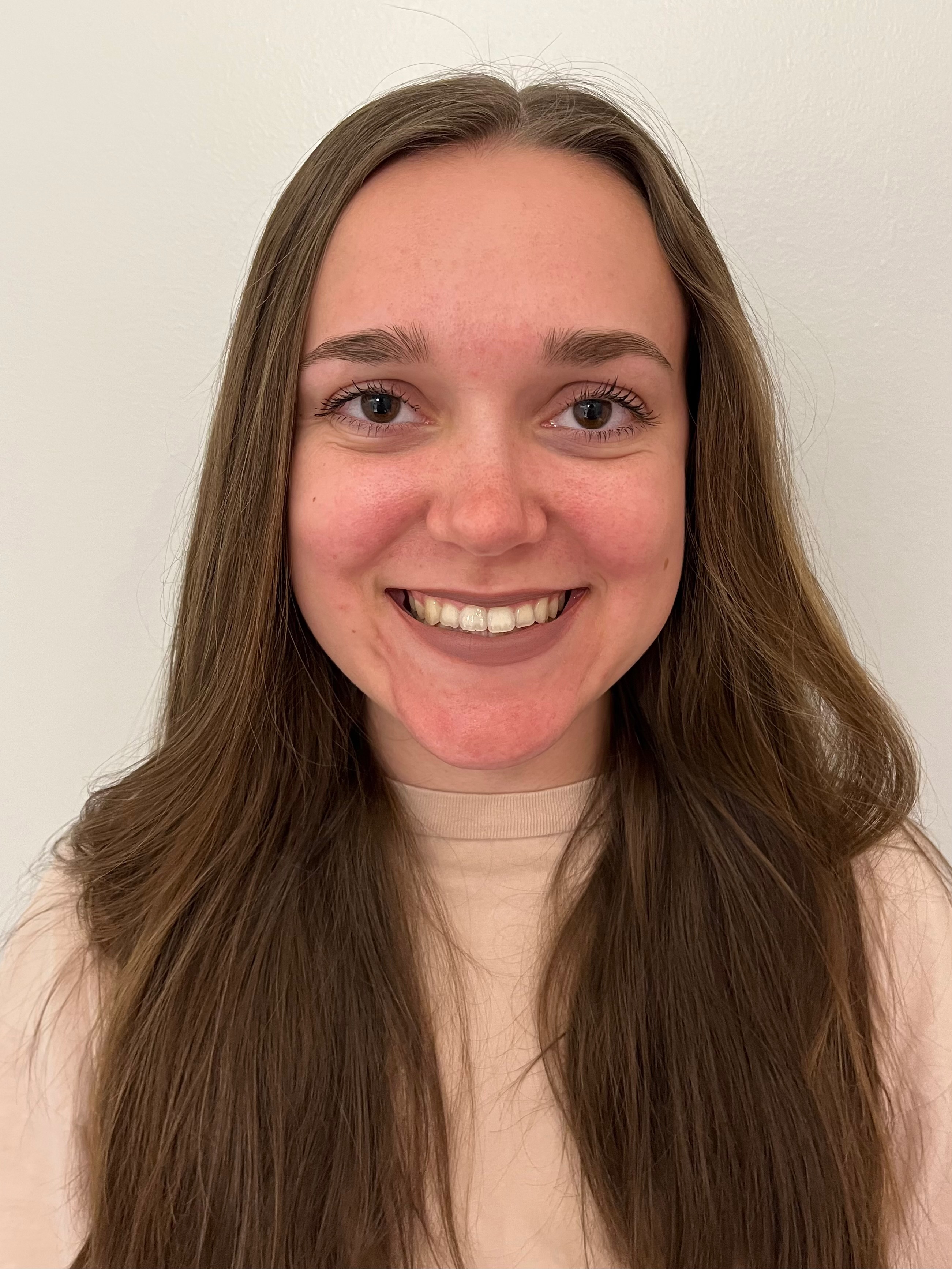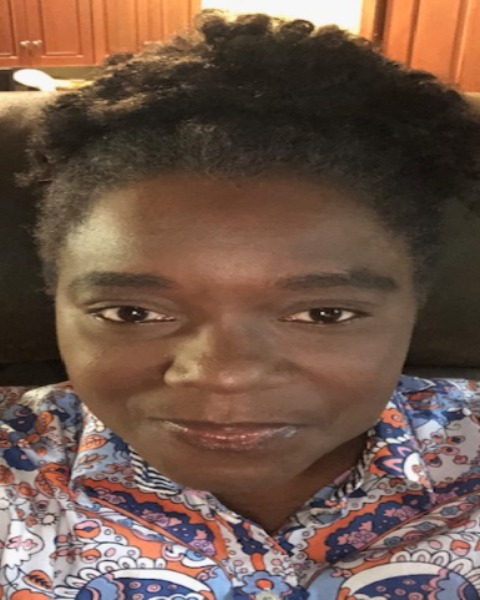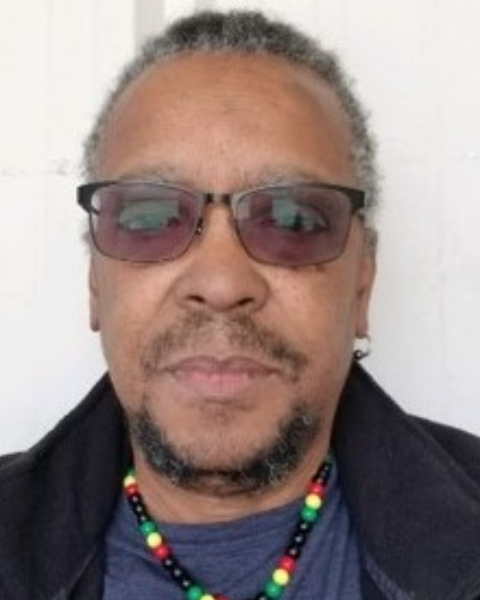LGBTQ+
(PS8-34) Barriers and Facilitators to Care in Provider Email Responses to Transgender and Gender Diverse Adults Seeking Psychosocial Assessments
- WJ
William Jackson, B.A.
Postbac Research Assistant
University of Nebraska-Lincoln
Lincoln, Nebraska, United States 
Sarah Ashworth, M.A.
Graduate Student
University of Nebraska-Lincoln
Lincoln, Nebraska, United States.jpg)
Niko Vehabovic, B.A., M.A.
Graduate Student
University of Nebraska-Lincoln
Lincoln, Nebraska, United States
Sharon N. Obasi, B.A., M.A., Ph.D.
Associate Professor
University of Nebraska - Kearney
Kearney, Nebraska, United States- RM
Richard Mocarski, Ph.D.
Associate Vice President for Research
San Jose State University
San Jose, California, United States 
Nathan A. Woodruff, None
Community Board Leader
TransCollaborations
Lincoln, Nebraska, United States.jpg)
Debra A. Hope, Ph.D.
Aaron Douglas Professor
University of Nebraska-Lincoln
Lincoln, Nebraska, United States
Author(s)
Co-Author(s)
Transgender and gender diverse (TGD) individuals often encounter obstacles when seeking gender-affirming medical care (GAMC) to alleviate gender dysphoria and align their bodies with their gender identities (Bhatt, Cannella, & Gentile, 2022). Puberty suppression, hormone therapy, and surgical procedures are examples of the array of gender-affirming medical care (GAMC) transgender and gender diverse people may seek out to help align their bodies with their gender identities (Bhatt, Cannella, & Gentile, 2022). TGD individuals are often required to undergo a psychosocial assessment, referred to as “getting a letter,” prior to obtaining GAMC. The most influential of these standards are those published by the World Professional Association for Transgender Health (WPATH) (Coleman et al., 2022). While the current edition of the WPATH no longer recommends an assessment for hormone therapy, the barrier of obtaining a letter remains (Coleman et al., 2022). This requirement burdens TGD individuals, exacerbates stigma, and positions mental health providers as gatekeepers to necessary treatment. Financial constraints further hinder access to GAMC, with the additional costs of assessments (Bhatt, Cannella, & Gentile, 2022). This study examines how initial email communication with potential providers impacts access to GAMC. Providers were identified using twenty-four incognito Google searches of “< State > Gender Therapist” with the goal of identifying 100 providers in each of the four continental United States geographic regions (Midwest, Northeast, South, and West). The study consisted of 243 mental health providers (out of N = 322 approached) who advertised themselves as gender therapists on the internet and responded to a standardized inquiry about providing a psychosocial evaluation Each participant was either emailed or contacted directly through their online form. Providers varied in depth in their initial responses, with some providing information such as the number of sessions needed to acquire a letter, price, or whether they accepted insurance. Some responses also included affirming messages through their used pronouns or a general positive or affirming TGD message. Responders who provided more information tended, on average, to be scored as more affirming, and these types of responses could serve as good models for how to reduce barriers when attempting to receive GAMC. Recommendations for improving access include offering clear responses, disclosing fees and session requirements, insurance acceptance, and affirming practices upfront. Mental health providers play a crucial role in facilitating access to GAMC for TGD individuals, and ensuring transparent communication can help mitigate barriers and support informed decision-making (Bhatt, Cannella, & Gentile, 2022; Holt et al., 2021). However, it is important to note that, given the sociopolitical climate, some mental health providers may have been hesitant to provide too much information too soon in these email correspondences to avoid marginalization or harassment for serving TGD communities.

.png)
